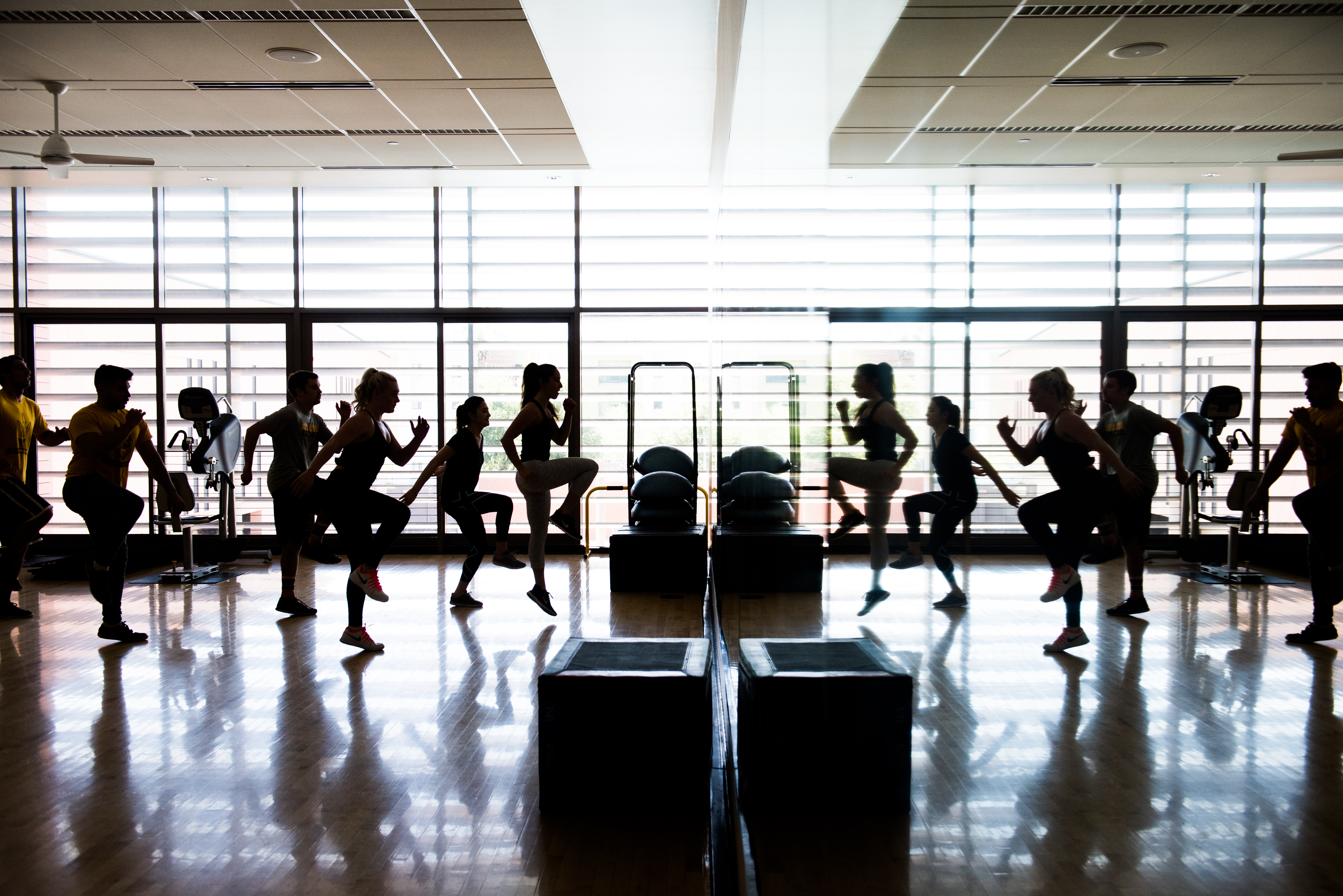Fake blood, drills and skills prep the SDFC for any emergency
The Sun Devil Fitness Complex at ASU’s Tempe campus sees about 7,500 visitors every day. This amount of traffic — combined with physical exercise, heavy equipment and frequent events — calls for a staff that is prepared to help if there’s an injury or medical emergency.
The SDFC currently has 300 student employees, and they are all required to complete extensive training and maintain several certifications. Throughout their time working at the SDFC, student workers are routinely tested on their emergency preparedness skills. The SDFC uses simulated emergencies to ensure that they are able to administer CPR and other first aid care in the event of a real medical emergency.
Student workers are required to pass simulated emergencies with an 85% or higher. Otherwise, they must complete a refresher course.
Michael Alex, a mechanical engineering senior, is the facility manager and CPR lifeguard instructor at the SDFC in Tempe. He and other designated workers keep student workers on their toes with two types of emergency simulations: “dummy drops” and “gold shirt drills.” “Dummy drops” use mannequins whereas “gold shirt drills” have a real person act out an emergency. These emergency drills can include actors, simulated injuries and even fake blood!
“The best part about these trainings … that we provide for all of our staff is that they end up with valuable life-saving skills that can be used at any point in time in their life outside of the workplace,” said Dustin Soderman, the associate director for facilities and operations at the SDFC.

The Sun Devil Fitness Complex at ASU’s Tempe campus sees about 7,500 visitors every day.
In the fall, their emergency preparedness helped save a life inside the SDFC. Student workers sprang into action when a man had a heart attack while participating in a racquetball tournament at the SDFC.
Alex, who applied the AED (automated external defibrillator, which can deliver an electrical shock to help start someone’s heart) to the man, shared the SDFC’s protocol for emergency preparedness.
“When [student workers] first get hired on … they have to take an eight-hour CPR for the professional rescuer course, which teaches them adult, child and infant first aid, CPR and AED.”
Both Soderman and Alex shared that they have used their emergency preparedness training in situations outside of work. Staff are prepared to help in a variety of medical situations, including heart attacks, heat-related illnesses and dislocated shoulders. And they emphasized that the American Red Cross certifies not only SDFC employees but others who receive safety education through the SDFC.
The SDFC is the top Red Cross provider in the southwest, which means that they train more people than any other facility in the region, said Soderman.
Learn more about the SDFC CPR/first aid courses for students, staff and the public.